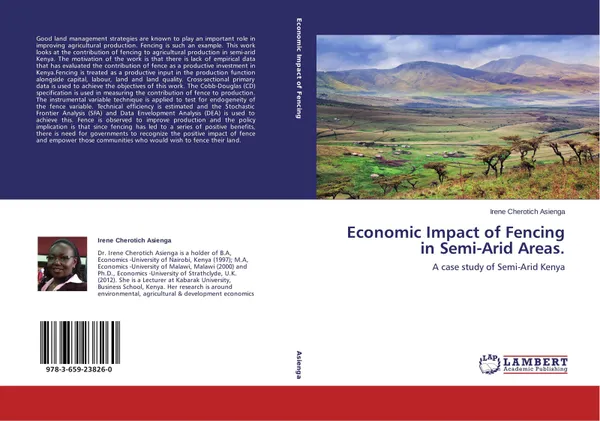Economic Impact of Fencing in Semi-Arid Areas
📖 Good land management strategies are known to play an important role in improving agricultural production. Fencing is such an example. This work looks at the contribution of fencing to agricultural production in semi-arid Kenya. The motivation of the work is that there is lack of empirical data that has evaluated the contribution of fence as a productive investment in Kenya.Fencing is treated as a productive input in the production function alongside capital, labour, land and land quality. Cross-sectional primary data is used to achieve the objectives of this work. The Cobb-Douglas (CD) specification is used in measuring the contribution of fence to production. The instrumental variable technique is applied to test for endogeneity of the fence variable. Technical efficiency is estimated and the Stochastic Frontier Analysis (SFA) and Data Envelopment Analysis (DEA) is used to achieve this. Fence is observed to improve production and the policy implication is that since fencing has led to a series of positive benefits, there is need for governments to recognize the positive impact of fence and empower those communities who would wish to fence their land.
Мнения
